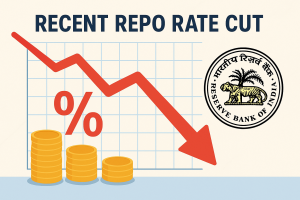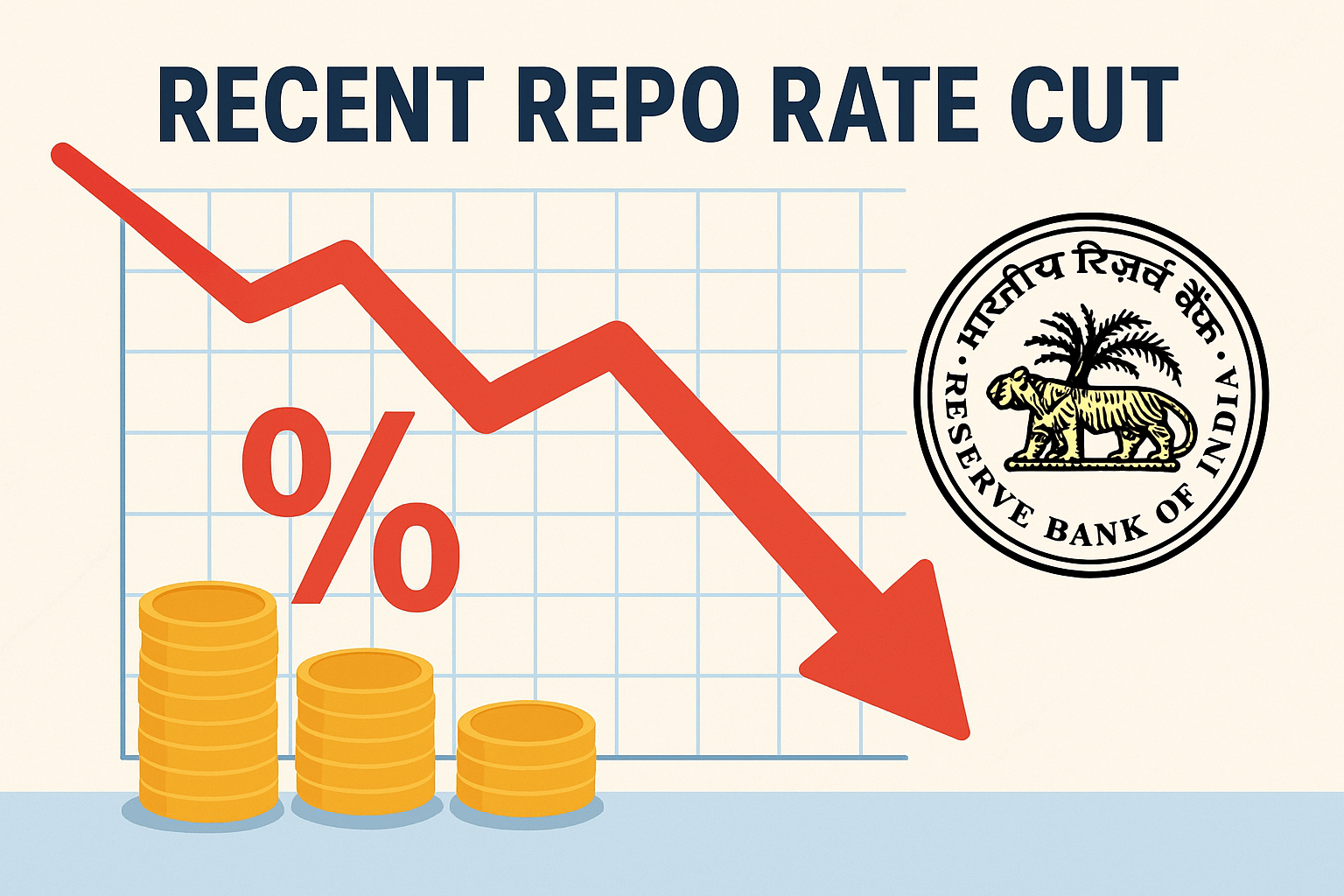In a strategic move aimed at enhancing operational efficiency and bolstering profit margins, Wipro, one of India’s leading IT services companies, has announced plans to optimize its workforce. The decision is part of a broader initiative to align the organization with evolving market dynamics and ensure sustained growth in the competitive technology landscape.
Key Highlights:
- Workforce Optimization Strategy:
- Wipro has unveiled a workforce optimization strategy to streamline its operations and achieve improved profit margins. The initiative involves a careful evaluation of the existing workforce and a targeted reduction in employee numbers to enhance overall operational efficiency.
- Market Dynamics and Competitiveness:
- The decision to optimize the workforce is a response to the changing dynamics of the technology sector and the need for companies to remain agile and competitive. Wipro aims to adapt to market demands and position itself for continued success in the ever-evolving IT landscape.
- Cost Rationalization Measures:
- The optimization strategy includes cost rationalization measures that involve a critical review of the current workforce structure. By aligning the workforce with business priorities, Wipro aims to achieve a leaner and more efficient organizational setup.
- Employee Impact:
- As a consequence of the optimization initiative, Wipro is expected to let go of a certain number of employees. The company is committed to handling the process with sensitivity and providing necessary support to affected employees during this transition.
- Operational Efficiency Enhancement:
- The primary goal of the optimization strategy is to enhance operational efficiency across various business units. Wipro intends to create a more agile and responsive organization that can swiftly adapt to client needs and industry trends.
- Strategic Realignment:
- Wipro’s move reflects a strategic realignment of its resources to ensure a more effective utilization of talent. The optimization initiative is not just about reducing numbers but is focused on building a workforce that aligns closely with the company’s strategic objectives.
- Investment in Future Growth:
- By optimizing its workforce, Wipro aims to free up resources that can be redirected toward investments in emerging technologies, skill development programs, and innovation. This strategic allocation is geared towards positioning Wipro for sustained growth in the long term.
- Commitment to Employee Well-being:
- Wipro remains committed to supporting the well-being of its employees. The company plans to provide necessary assistance, including outplacement services and career transition support, to individuals affected by the workforce optimization initiative.
Conclusion:
Wipro’s decision to optimize its workforce reflects a proactive approach to navigating the complexities of the contemporary technology landscape. The company is poised to emerge stronger, with a more efficient operational structure that enables agility, innovation, and sustained growth in a highly competitive industry.









